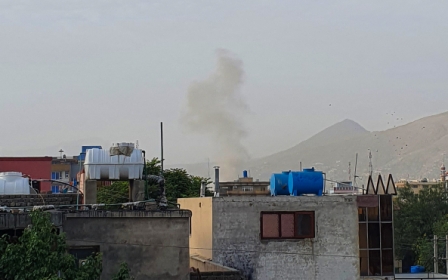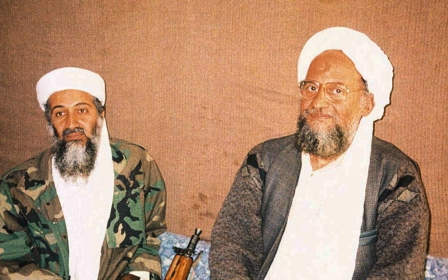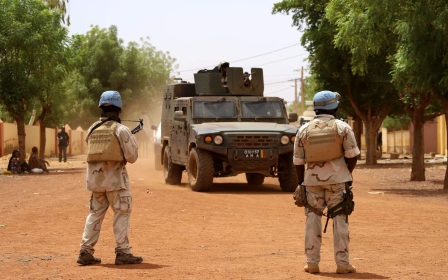Shirpoor: The Kabul neighbourhood Zawahiri called home
In the early hours of Tuesday, the residents of Kabul woke up to the news that al-Qaeda leader Ayman al-Zawahiri had been killed in the Afghan capital over the weekend.
When the official announcement was made from Washington by US President Joe Biden, most people in Afghanistan were fast asleep, but by the time they woke up, people in Kabul were speaking of the alleged killing in hushed tones.
Few residents of Kabul were willing to go on the record to talk about the al-Qaeda leader’s presence in the city, but the news was being tracked closely by nearly everyone.
For most Afghans, what was most striking about the attack was the location: Kabul’s Shirpoor neighbourhood.
Over the course of the 20-year US occupation, most drone strikes took place in hard-to-reach districts of provinces that had a large Taliban presence. This tactic, employed both in foreign drone strikes and by the former Afghan government’s air force, made it extremely difficult for journalists, human rights workers and local residents to confirm the attacks, which often took place under the cover of night in places that had little to no electricity.
By contrast, the strike that allegedly killed Zawahiri took place in a neighbourhood that for two decades was popular as a home for former warlords, officials of the former western-backed Islamic Republic and well-to-do businesspeople.
If the al-Qaeda leader really was being housed in the neighbourhood, it seems unlikely that the Taliban could not know that one of the world's most wanted terrorists was being given shelter in the capital of the country it now controls.
Because of the number of powerful figures who called the neighbourhood home, it was often referred to as “Shirchoor”, the neighbourhood of “lion thieves”, by Kabul residents who were upset with the rife corruption among ruling officials.
The neighbouring area of Wazir Akbar Khan is often referred to in foreign media as a diplomatic quarter - the embassies of the United Kingdom, Canada and Germany were all here - but residents often complained that such designations ignored the residential homes in both areas.
The fact that Zawahiri was allegedly hiding in plain sight in urban Kabul recalls the 1990s, when the Taliban housed Osama bin Laden. However, at the time, bin Laden was allegedly living in the mountains and more remote districts of Afghanistan. And like the 1990s, most Afghans had no idea the Taliban was harbouring the leader of al-Qaeda, one of the world’s most wanted men.
Middle East Eye propose une couverture et une analyse indépendantes et incomparables du Moyen-Orient, de l’Afrique du Nord et d’autres régions du monde. Pour en savoir plus sur la reprise de ce contenu et les frais qui s’appliquent, veuillez remplir ce formulaire [en anglais]. Pour en savoir plus sur MEE, cliquez ici [en anglais].




